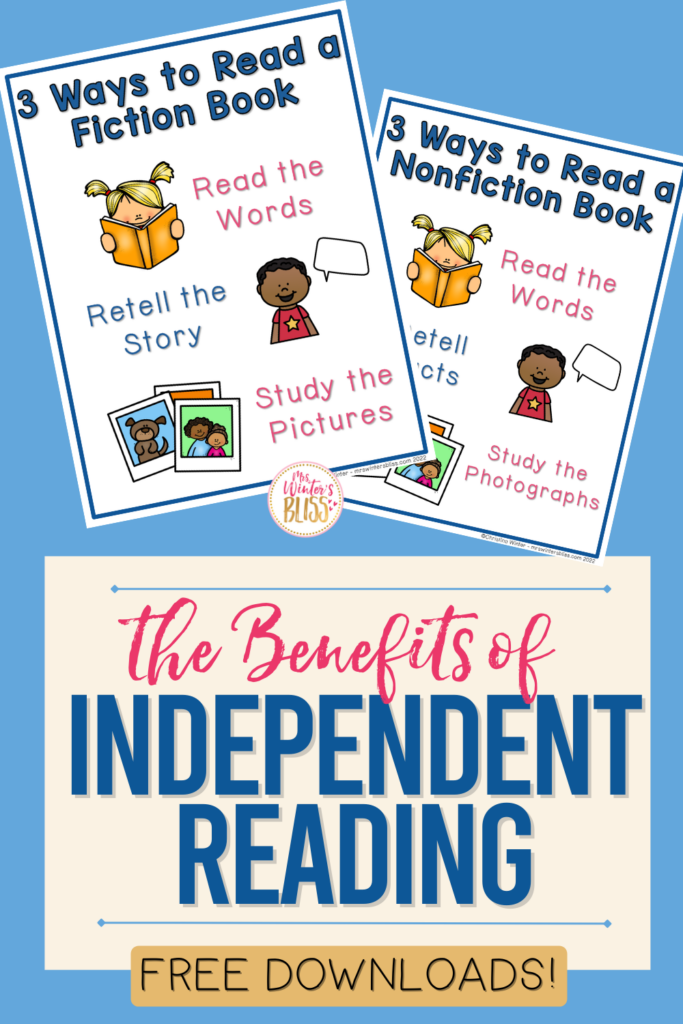
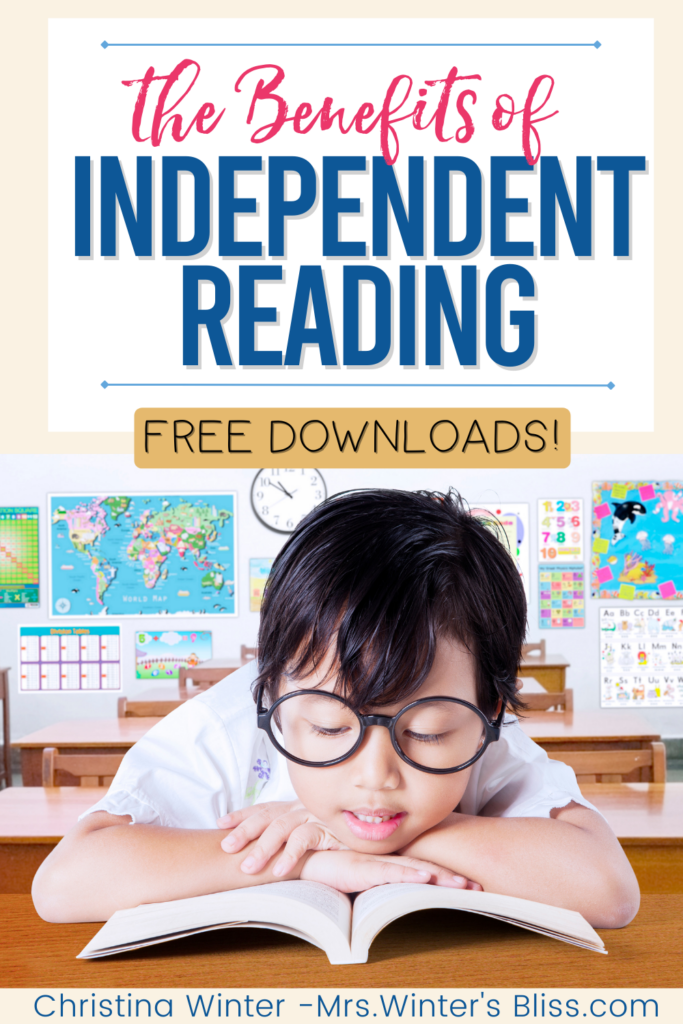
In this post, I share three reasons why independent reading is important in kindergarten, first and second-grade classrooms and offer three tips for keeping students accountable during independent reading time. Be sure to download the FREE “3 Ways to Read a Book” posters for both fiction and non-fiction books.
Recently there has been some debate over whether or not there is any real benefit to independent reading time in the classroom. Some worry that it is a waste of instructional time. They fear students (especially our struggling readers) aren’t actually reading and feel more small group instruction is a better use of time.
While I definitely believe in the power of small group instruction, I see great value in independent reading. It is a time when students can authentically practice and apply a wide variety of reading skills within books that pique their interest. I believe this practice helps students build strong reading habits that will support them both in and outside the classroom, and on into life.
Today I’m eager to talk more about the benefits of independent reading and share three tips to help students get the most out of this valuable time.

3 Benefits of Independent Reading
1. Independent Reading Gives Students the Opportunity to Apply the Skills You Teach
The Science of Reading tells us that effective instruction follows the “I do, We do, You do” model. This means that after explicit instruction and plenty of opportunities to practice new skills with you, students need time to practice and apply these skills on their own. Independent reading offers students the opportunity to independently practice and apply the reading skills you have taught. Application is how skills stick.
One reason some oppose independent reading is that they think it wastes valuable instructional time for our lower readers. They worry that instead of actually reading, these students may rely heavily on the three-cueing strategy. But here’s the thing…. If these students spend most of their time in small group, they don’t get the chance to practice applying the skills to authentic reading. Independent reading is the only way we can provide students with the “I do” they need to truly master the skills we teach.

2. Independent Reading Leads to an Increased Volume of Reading and Reading Achievement
As primary school teachers, one of our biggest responsibilities is teaching all children how to read. We know there are far too many who, despite our best efforts, continue to struggle. So we must look more deeply into why and find ways to better support them.
When we look into how we can help them, it seems we can’t ignore the multitude of studies that have found a correlation between time spent reading and reading achievement. The National Reading Panel suggests that the more that children read, the better their fluency, vocabulary, and comprehension. In their book, From Striving to Thriving, Stephanie Harvey and Annie Ward note that “four decades of research have established that voluminous, pleasurable reading is key to literacy development”.

Additionally, independent reading helps students develop reading stamina—the ability to sustain mental effort without scaffolds or adult support. This allows them to comprehend increasingly complex texts which is important as they move up in grades and are required to read (and comprehend!) texts in different subject areas.
3. Independent Reading Can Foster a Love of Reading
If you can develop a child’s love for reading, you are giving them a gift that they will carry with them all through life. On its own, independent reading may not necessarily foster a child’s love for reading. Just because we say a student has to do something, doesn’t mean they’ll love it! So what will? The answer is motivation. We must find ways to motivate students to want to read independently and then they will come to love it.
One of the best ways to motivate a child to read is to surround them with books that reflect their interests, their lives, and the lives of their classmates. When students discover characters that look like them and families that resemble their own or their neighbors, their interest level increases. These deep connections also help improve comprehension!
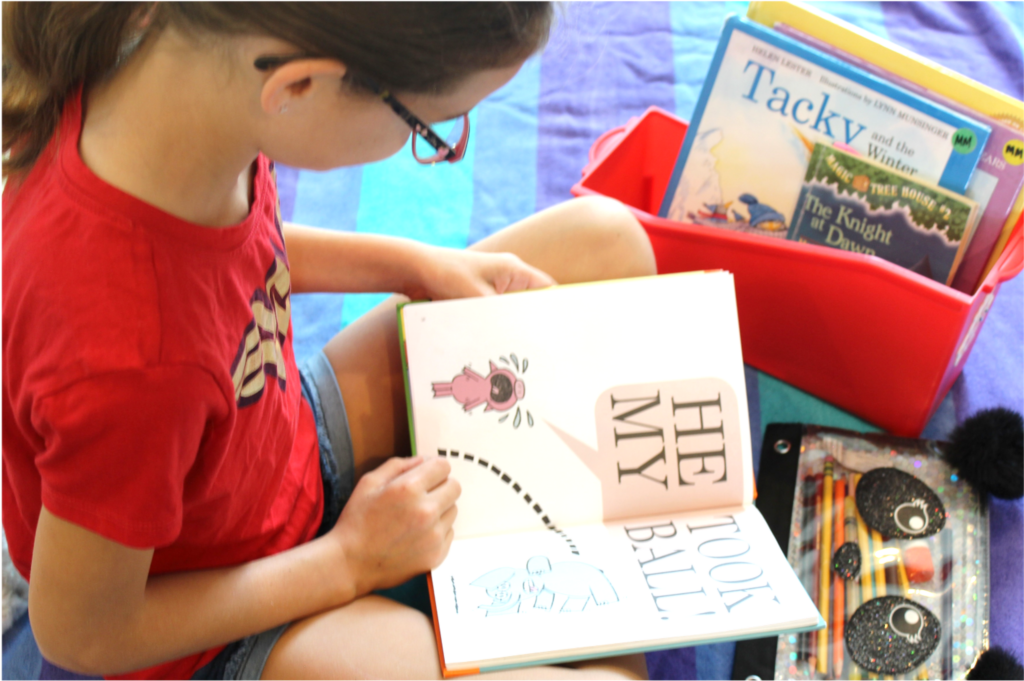
Get to know your students and offer them books that you think will interest them! Independent reading provides students an opportunity to explore topics they enjoy or might not otherwise have a chance to learn about. This exposure can leave them hungry to learn (and read!) more.
How to Keep Students Accountable During Independent Reading Time
1. Explicitly Teach Routines and Procedures for Independent Reading
As with all things in your classroom, you must explicitly teach your students what you expect them to do. Here are some things you may want to consider teaching your students:
-How to choose books for their book bin (this is important!)
-What to do when they finish a book
-How to gain information from the pictures and text features in books
-How to retell or share a fun fact with a friend at the end of independent reading
These FREE “3 Ways to Read a Book Posters” can help guide your instruction and expectations for independent reading. Display them in a spot where your students can easily refer back to them as a reminder. You can download them here.
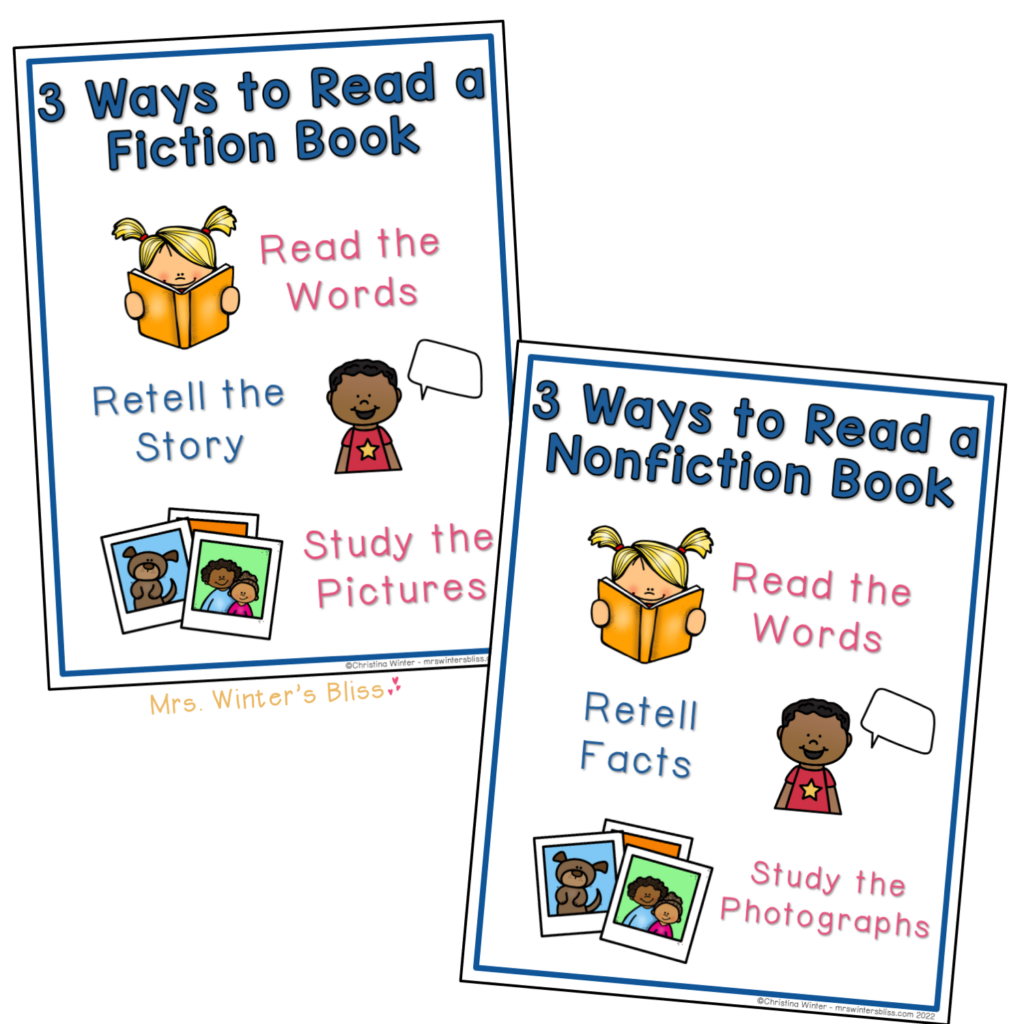
And remember, even after your students clearly understand what to do, continue to reinforce your expectations each day. Yep, daily! Every day before you release your students to read independently, take time to review the routines and expectations.
2. Allow Students Choice, but Provide Guidance
As the teacher, you are responsible for teaching your students to fill their book bins with appropriate text. I recommend teaching students to fill them with books that are at the appropriate level of text difficulty, as well as books that suit their interests.
If you are using decodable passages in small group instruction, you can include copies of those passages in their book bin. This ensures students have texts that require them to apply the skills you have taught.
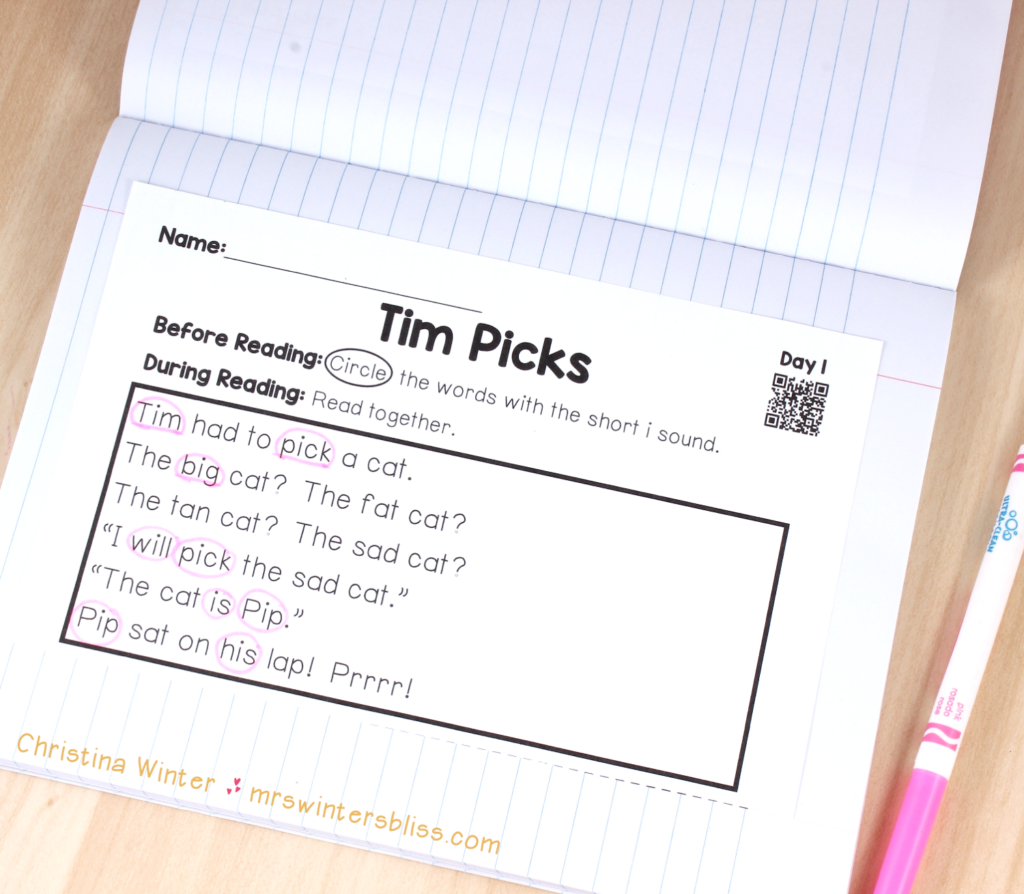
All that being said, I do not believe you should be afraid to include high-interest books only because they are “above their level”. Students can gain a tremendous amount of knowledge on all different topics by studying the pictures, particularly in nonfiction books. They can also learn a lot by examining the other text features including captions, labels, headings, and subheadings. This is valuable, engaging, and exciting for them!
3. Provide Positive Reinforcement
As students read independently, observe behaviors and take note of great things you see them doing. When you come back together, take a minute or two to celebrate the reading you saw taking place. If you have time, let students share a little bit about the books they are reading or a new cool fact they learned! All of these things motivate students to continue to do the right thing and help to make independent reading something they ENJOY!
I hope the information I’ve shared today will help you feel confident about the choice to give your students independent reading time each day. Protecting this instructional time is an important way we can support students to build strong reading habits that they will carry beyond your classroom and into their lives.
-shop this post-
-
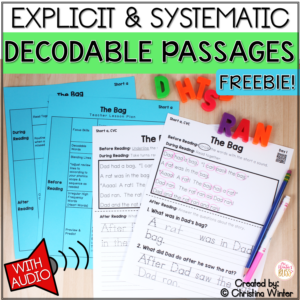 FREE Decodable Passages with Comprehension Questions$0.00Rated 4.98 out of 5 based on 40 customer ratings
FREE Decodable Passages with Comprehension Questions$0.00Rated 4.98 out of 5 based on 40 customer ratings -
Sale Product on sale
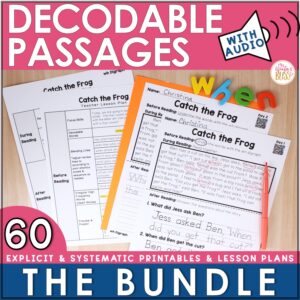 Decodable Passages with Comprehension Questions – BundleEarn 0 Reward Points
Decodable Passages with Comprehension Questions – BundleEarn 0 Reward Points$38.25Original price was: $38.25.$30.60Current price is: $30.60.Rated 5.00 out of 5 based on 11 customer ratings
–PIN for LATER–










